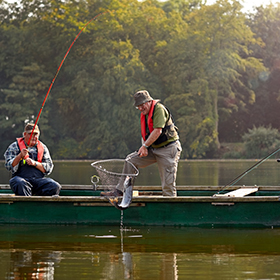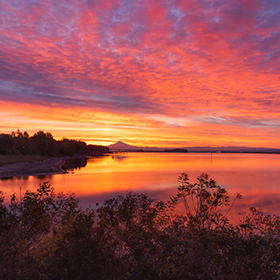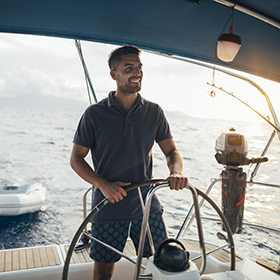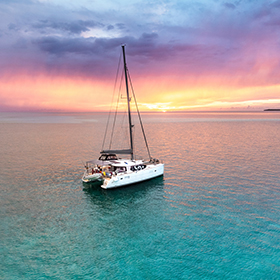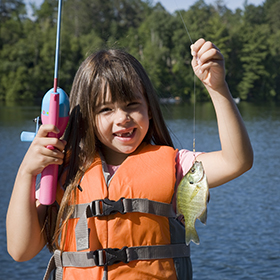Fisheries biologists use both length and weight measurements of fish to supervise the fitness of a fish.
Fisheries biologists use both length and weight measurements of fish to supervise the fitness of a fish. When fish achieve a specific length, the weight should fall within a certain range to be considered healthy and robust. Depending somewhat on the region, recreational anglers may prefer to measure size in either length or weight but rarely both.
Anglers who fish cooler or flowing water often seek a number for fish length. Trout, walleye, or pike sizes usually are expressed in inches first. Length is fairly easy to obtain, assuming you have a measuring board or tape measure. Most fish have “indeterminate” growth. That is, even old fish have the capability to grow longer. And that fish is not going to shrink.
Anglers fishing warmer, non-moving water want a figure for the weight of a fish. Largemouth bass and channel catfish fishermen rarely break out a tape measure. But an accurate weight is more difficult to measure with crude, handheld scales, uncooperative fish, and a rocking boat.
Weight also fluctuates. Sometimes this is just due to seasonal stresses such as after spawning or changes in temperature and water conditions. But a consistently low weight to length ratio also can mean an imbalance in the fish population which may be influencing availability of suitable prey. Fish which are struggling to find prey may be notably thin and exhibit a “concave belly.” If this continues long enough, the growth may be disproportional such as the head looking too large.
By monitoring fish fitness, measuring both length and weight, we help conserve fisheries. You may be able to locate this information in state fishing reports. Many landowners manage their own ponds and can watch for warning signs that some management decisions may be in order to keep their fish not only growing, but “fit,” which in this case is “fat and happy.”
Anglers who fish cooler or flowing water often seek a number for fish length. Trout, walleye, or pike sizes usually are expressed in inches first. Length is fairly easy to obtain, assuming you have a measuring board or tape measure. Most fish have “indeterminate” growth. That is, even old fish have the capability to grow longer. And that fish is not going to shrink.
Anglers fishing warmer, non-moving water want a figure for the weight of a fish. Largemouth bass and channel catfish fishermen rarely break out a tape measure. But an accurate weight is more difficult to measure with crude, handheld scales, uncooperative fish, and a rocking boat.
Weight also fluctuates. Sometimes this is just due to seasonal stresses such as after spawning or changes in temperature and water conditions. But a consistently low weight to length ratio also can mean an imbalance in the fish population which may be influencing availability of suitable prey. Fish which are struggling to find prey may be notably thin and exhibit a “concave belly.” If this continues long enough, the growth may be disproportional such as the head looking too large.
By monitoring fish fitness, measuring both length and weight, we help conserve fisheries. You may be able to locate this information in state fishing reports. Many landowners manage their own ponds and can watch for warning signs that some management decisions may be in order to keep their fish not only growing, but “fit,” which in this case is “fat and happy.”


